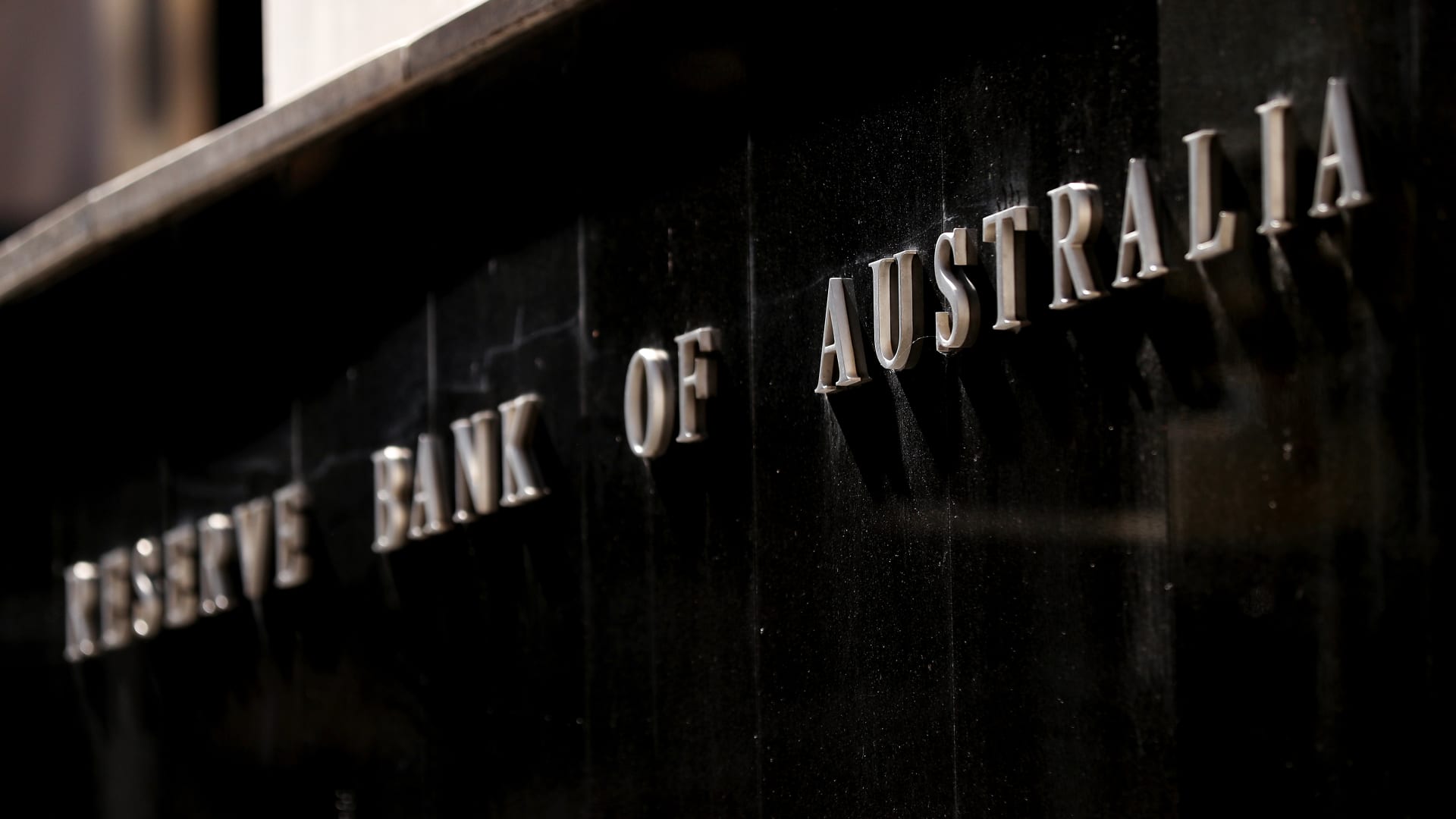Australia’s central bank now sees core inflation staying above its target band out to the middle of 2026.
Brendon Thorne | Bloomberg | Getty Images
Australia’s central bank now sees core inflation staying stubbornly above its target band out to the middle of 2026 as consumer demand and house prices pick up faster than expected, seemingly limiting room for further cuts in interest rates.
The Reserve Bank of Australia was widely expected to hold rates at 3.60% on Tuesday as an uncomfortably high reading on third-quarter inflation crushed any hopes of a cut. It had eased policy three times this year in February, May and August.
In its quarterly Statement on Monetary Policy, the RBA said recent data — including stronger economic growth, sticky inflation and a still tight labor market — suggested there was less capacity in the economy than previously thought.
“These indicators paint a mixed picture of financial conditions, consistent with policy now being close to neutral estimates – indeed, the cash rate is now below some models’ central estimates of the neutral rate,” said the RBA.
It now expects underlying inflation — a trimmed mean measure closely watched by the RBA – to accelerate to 3.2% by the end of the year, from the current 3%. That was a sharp upward revision from the previous forecast of a steady 2.6% in coming years.
Core inflation was now not seen falling back into the RBA’s target band of 2% to 3% until the second half of 2026, and would not reach 2.6% until the very end of 2027.
The new forecasts were based on market expectations for interest rates, which had shifted markedly to price out much chance of a cut this month or next, and only 30 basis points of further easing at all. Back in August, markets had looked for rates to fall as far as 2.85%.
Headline inflation, which ran at 3.2% in the September quarter, is now seen peaking at 3.7% by mid next year in part due to the expiry of government electricity rebates, before settling back to 2.6% by end of 2027.
The labor market was judged to have eased a little, but the RBA still saw some remaining tightness. The central bank does not expect the job market to ease much further from here, with the jobless rate, which spiked to 4.5% in September, expected to hold steady at 4.4% over the coming two years.
Job growth was revised lower to an annual rate of 1.1% by mid next year, while household consumption is expected to grow at a slightly faster pace of 2.1%.
Growth in home building was revised sharply higher to an annual rate of 4.8% by the end of the year, as past rate cuts boosted house prices to record highs.
All up, that translated into little change in the RBA’s forecasts on economic growth next year and beyond, as the global economy remains robust. The economy is on track to grow around a trend rate of 2%, said the RBA.





